Regulatory Pressures
The Industrial Cooking Fire Protection System Market is significantly influenced by regulatory pressures aimed at enhancing fire safety standards. Various governmental bodies have established stringent regulations that mandate the installation of fire protection systems in commercial kitchens. For instance, the National Fire Protection Association (NFPA) has set guidelines that require specific fire suppression systems in cooking areas. Compliance with these regulations is not only essential for safety but also for avoiding potential legal liabilities. As a result, businesses are compelled to invest in reliable fire protection systems to meet these regulatory requirements, thereby driving market growth.
Technological Advancements
The Industrial Cooking Fire Protection System Market is experiencing a surge in technological advancements that enhance fire safety measures. Innovations such as automated fire suppression systems and advanced detection technologies are becoming increasingly prevalent. These systems utilize sensors and artificial intelligence to detect fires in their early stages, significantly reducing response times. According to recent data, the integration of smart technologies in fire protection systems is projected to grow at a compound annual growth rate of 10% over the next five years. This trend indicates a shift towards more efficient and reliable fire protection solutions, which are essential in high-risk environments such as commercial kitchens and food processing facilities.
Increased Awareness of Fire Safety
There is a growing awareness of fire safety among businesses operating in the food service sector, which is driving the Industrial Cooking Fire Protection System Market. As incidents of kitchen fires continue to pose serious risks, establishments are prioritizing the implementation of robust fire protection systems. This heightened awareness is reflected in the increasing demand for comprehensive fire safety training and regular system maintenance. Furthermore, statistics indicate that approximately 60% of fire-related incidents in commercial kitchens are attributed to cooking equipment. Consequently, businesses are investing in advanced fire protection solutions to mitigate these risks and ensure compliance with safety regulations.
Focus on Insurance and Liability Reduction
The Industrial Cooking Fire Protection System Market is also influenced by the focus on insurance and liability reduction among food service operators. Insurance companies are increasingly requiring businesses to implement effective fire protection systems as a condition for coverage. This trend is driven by the high costs associated with fire damage and liability claims. As a result, many establishments are proactively investing in advanced fire suppression systems to not only comply with insurance requirements but also to minimize potential financial losses. This focus on risk management is likely to continue driving demand for innovative fire protection solutions in the industry.
Rising Number of Food Service Establishments
The increasing number of food service establishments is a key driver for the Industrial Cooking Fire Protection System Market. As the food and beverage sector expands, the demand for effective fire protection solutions becomes more pronounced. Recent data suggests that the number of restaurants and catering services has risen by over 15% in the past three years. This growth necessitates the implementation of comprehensive fire safety measures to protect both property and personnel. Consequently, manufacturers of fire protection systems are focusing on developing tailored solutions that cater to the unique needs of various food service environments, further propelling market expansion.

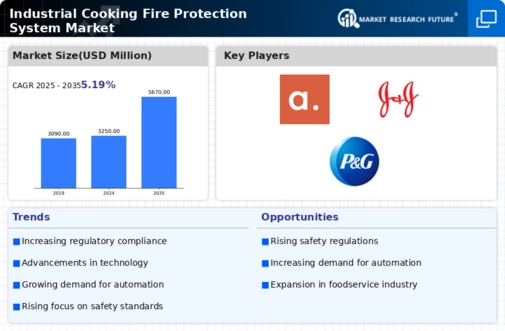

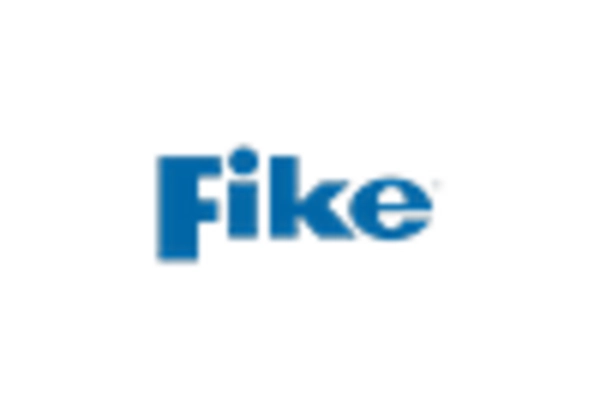
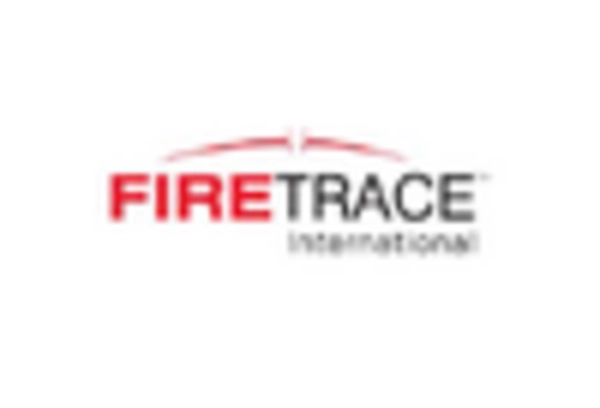
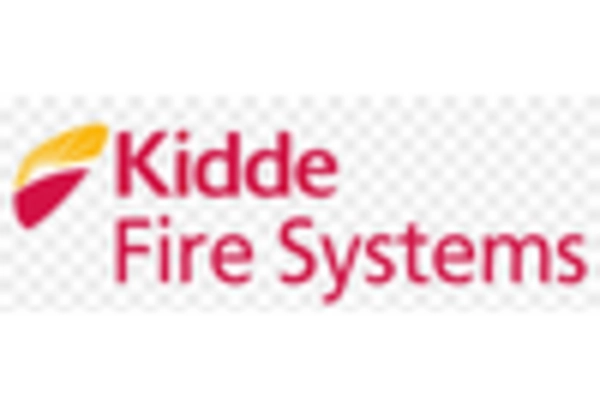
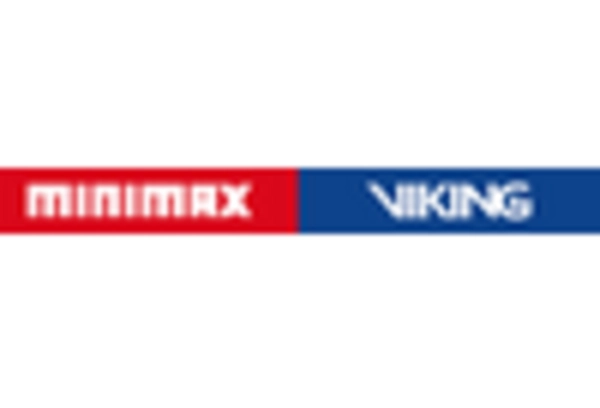
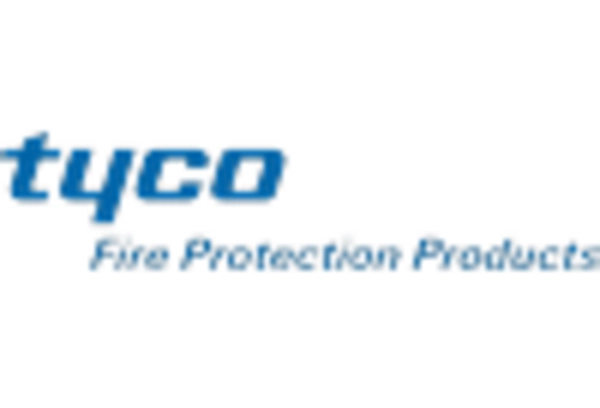








Leave a Comment